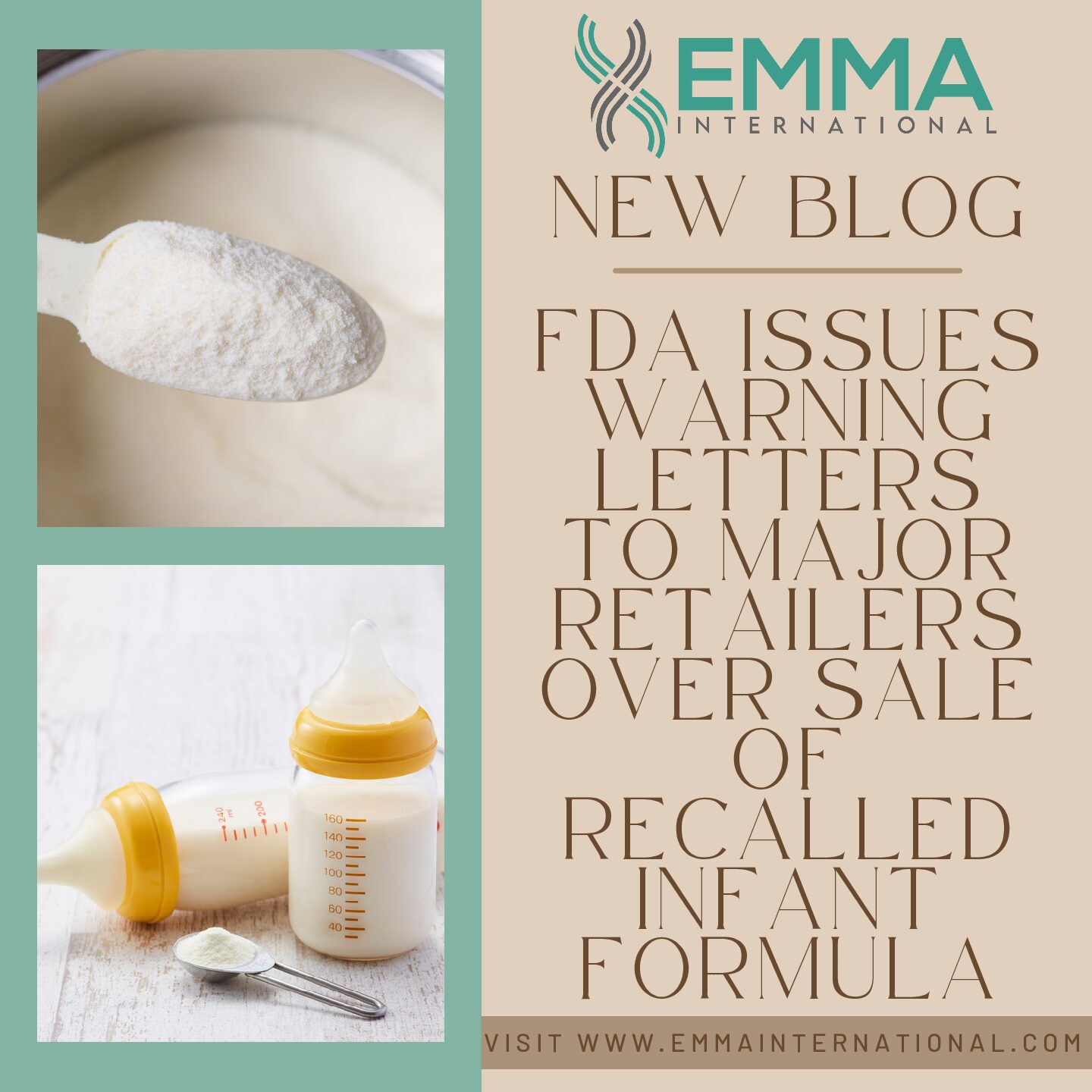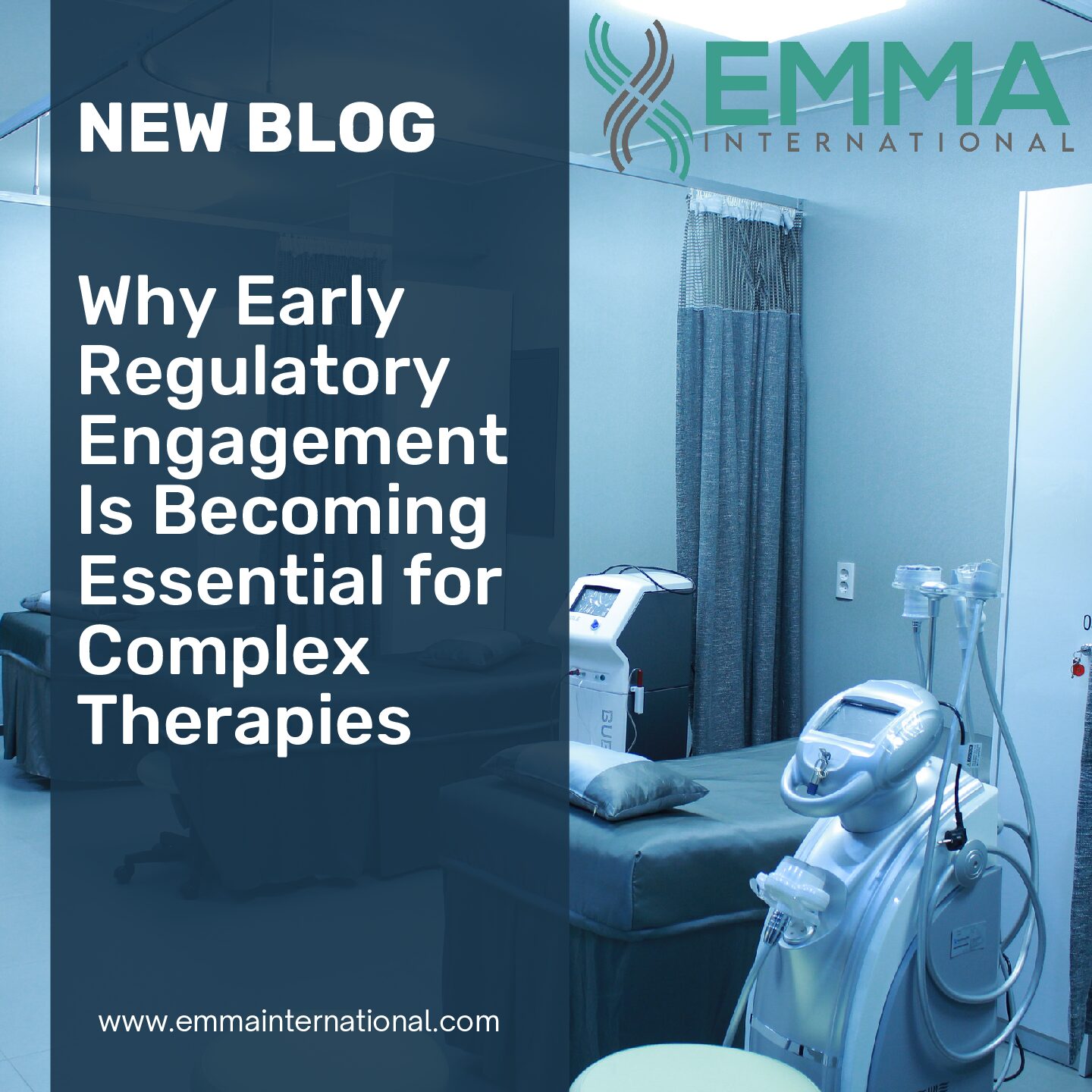The three-year transition period to the EU MDR does not only engage the Regulatory Affairs personnel in Medical Device companies but also the entire business leadership as well.
Companies are still in the three-year transition period to comply with the EU MDR. This transition does not just merely mean additional paperwork for the regulatory teams. Tackling the list of new regulatory requirements in the EU MDR goes beyond the boundaries of just the engineering and the regulatory work.
Small and medium size businesses are struggling to fulfill the requirement of clinical studies to be conducted on every device. Companies will have to collect clinical data to prove the clinical safety of the device, not only when the device will be marketed for the very first time but on a continuous basis.
Clinical data will also have to be supplied for devices which have been on the market for decades. Companies will have to invest a huge share of their resources to comply with this requirement. Small and medium size companies do not have the staff and expertise available to carry out these activities. This adds up to the overhead costs for these companies and in turn, increases prices.1
In order to prove the safety and efficacy of the device, using substantial equivalence has become more difficult than ever. Establishing equivalence to a predicate device requires a contract to be in place with the predicate device company to obtain their clinical data. This is not as cheap of an option as it may sound in a world where data has become the most expensive resource.
The new UDI requirement calls for improvements and changes in the labeling and thus the cost associated with it. Eucomed survey estimates this cost to go up by about €7.5 bn over a five-year period.2
The new EU MDR also applies to Notified Bodies which means even the notified bodies will have to be re-accredited to continue conducting conformity assessments. Manufacturers might have to change their notified body, if their current one is not able to obtain recognition in time.
What will this compliance effort cost?
EU MDR will mean that products in development may take longer to get to market, which is likely to have a significant impact on revenues and the raising and allocation of capital according to a report on the EU MDR by Ernst & Young.2
A survey conducted by MedTech Intelligence in November 2018 of companies transitioning to the EU MDR revealed that more than 30% of the companies responded stated that they expect more than 8% of their EU revenue to be invested in the compliance effort.3 The Eucomed survey showed that the cost for a small-to-medium size company to bring a new class III product to market could be €17.5 m over 5 years under the new EU MDR.2
Europe, in the near future, will see new mergers and acquisitions of small and medium size companies to enhance the availability of resources and financial stability.
If you haven’t yet started preparing for the transition, or if you are seeking to market your device in Europe, please give us a call at 248-987-4497 or email us at info@emmainternational.com.
1Healthcare-in-europe.com, Implementing MDR is complex and expensive and holds little reality retrieved on 02/14/2019 from https://healthcare-in-europe.com/en/news/implementing-mdr-is-complex-expensive-holds-little-reality.html
2Ernst & Young (2016) How the new EU Medical Device Regulation will disrupt and transform the industry retrieved on 02/14/2019 from https://www.ey.com/Publication/vwLUAssets/ey-how-the-new-eu-medical-device-regulation-will-disrupt-and-transform-the-industry/$FILE/ey-how-the-new-eu-medical-device-regulation-will-disrupt-and-transform-the-industry.pdf
3MedTech Intelligence (Nov 2018) EU MDR Cost of Compliance: The Results Are In retrieved on 02/14/2019 from https://www.medtechintelligence.com/news_article/eu-mdr-cost-of-compliance-the-results-are-in/






